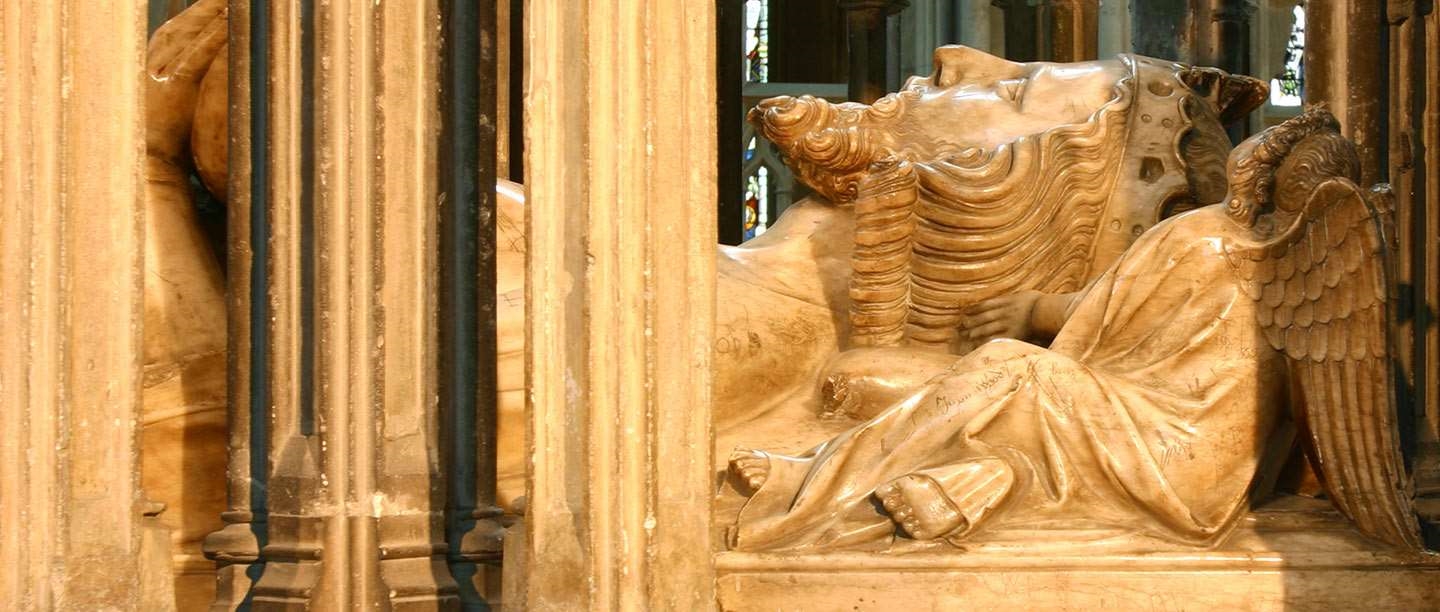Edward II
Edward was born in Caernarfon Castle in Wales in 1284, to King Edward I and his queen Eleanor of Castile. Edward I had been successful in subjugating Wales and joining it with England. In 1301, at the age of 16, Edward of Caernarfon became the first English prince to hold the title of Prince of Wales.
In 1305, the Bishop of Durham, Anthony Bek presented the manor of Eltham to the future king. Edward frequently stayed at Eltham, and during his reign considerable improvements were made, including the construction of a new retaining wall. He later granted the manor to his queen, Isabella.
A contemporary described Edward as ‘tall and strong, a fine figure of a handsome man’. He had a strong interest in outdoor activities, in particular rowing, horse-breeding and greyhound breeding. He kept a camel at his palace in Langley and also had a pet lion, which he took on campaign to Scotland. Edward also enjoyed music, in particular the organ and the Welsh stringed instrument known as a crwth. He was a strong patron of the arts, and in 1313, when Edward and Isabella were visiting the French court, they were entertained by 54 naked dancers.
Relationship with Piers Gaveston
In 1300, when Edward was 15 years old, Piers Gaveston begins to appear in the prince’s household accounts. Gaveston was the son of one of the king’s household knights, and the two teenagers struck up a close friendship. After a falling out between prince Edward and and the king in 1307, Gaveston was banished to France. Before he left, the young prince Edward lavished him with gifts including two fine outfits, five horses, swans and herons. He also accompanied Gaveston to Dover with two minstrels.
It is impossible to know the exact nature of their relationship, but there is strong evidence to suggest it was a romantic one. One chronicler of the time wrote:
'upon looking on him [Gaveston] the son of the king immediately felt such love for him that he entered into a covenant of constancy, and bound himself with him before all other mortals with a bond of indissoluble love, firmly drawn up and fastened with a knot.'.
In his play Edward II Christopher Marlowe appears to encourage the audience to interpret the relationship as a homosexual one. Edward refers to ‘my sweet Gaveston’ and when asked why he favours him, replies ‘Because he loves me more than all the world.’
The Rise and Fall of Gaveston
In a strategic move to shore up relations between France and England, Edward married Isabella, daughter of King Philip IV of France, and they were crowned together at Westminster Abbey in 1308, Edward aged 23 and Isabella aged 13.
The first thing Edward did when he became king was invite Gaveston back to England, and the very first charter passed in his reign was to grant Gaveston the Earldom of Cornwall. In hindsight, this was a big mistake. The installation of Gaveston as Earl of Cornwall, and his unconventional closeness to the king, led to him being perceived by many chroniclers as a ‘second king’. This angered the powerful earls, and led to frequent hostilities between the king and his subjects.
In 1312, the king, his queen – pregnant with the future King Edward III – and Gaveston were forced to flee the wrath of the earls in the north of England. With careful planning, the earls were able to isolate Gaveston at Scarborough Castle, which they put under siege until terms of his surrender could be agreed. Talks were held between the king and the earls, and Gaveston was taken to Deddington Castle in the custody of the Earl of Pembroke, where he was left unguarded. It is not known whether Pembroke made an error or was in on what happened next. On hearing that Gaveston was so nearby, the Earl of Warwick attacked the castle, took Gaveston prisoner and with the support of the Earls of Lancaster, Hereford, and Arundel, had Gaveston tried and condemned to death for treachery. He was executed at the top of Blacklow Hill, on 19th June 1312. Edward was left humiliated and grief-stricken.
Hugh Despenser the Younger
Edward, however, did not learn from his mistakes in the handling of his relationship with Piers Gaveston. In 1318, another of his favourites, Hugh Despenser The Younger, was made royal chamberlain. Hugh was Edward's nephew by marriage, and Edward showered him with honour and titles. This, unsurprisingly, angered the powerful nobles again, who perceived Despenser as a threat to their own influence and privilege.
Despenser’s greed for power seemed to know no limits and he was again referred to by chroniclers as a ‘second king’. At this time relations between England and France began to break down, and Despenser did many things to anger Queen Isabella due to her French heritage, the most humiliating and hurtful of which was removing her children from her care.
Revenge
This was the last straw for Isabella and she allied herself with her own favourite – Roger Mortimer, a powerful English baron, who had instigated an uprising against Despenser and escaped to France. In September 1326 they launched an attack on England. The king and Despenser were finally captured near Llantrissant in South Wales in November. The king was taken to Kenilworth Castle, and Hugh Despenser was hanged, drawn, and quartered at Hereford.
The king was forced to abdicate the throne and pass it on to his son, Edward, who was crowned Edward III in February 1327. The deposed king was transferred to Berkeley Castle in April, where it is believed he was murdered in September of that year. His body lies in Gloucester Cathedral.
Find out more about Kenilworth CastleSuccession
Isabella and Mortimer ruled in Edward III’s name until 1330, when Edward had Mortimer executed and banished his mother. Isabella died in 1358 and Edward III had her buried with the heart of his father around her neck at Greyfriars Monastery in London.
Edward III went on to be one of the longest reigning medieval kings, his reign lasting 50 years. He initiated the Hundred Years War with France and among many other achievements, built the Jewel Tower at the Palace of Westminster, now in the care of English Heritage.
Read about the Jewel TowerFind Out More
-
Listen to our Podcast
As part of this episode on Thomas, Earl of Lancaster and Dunstanburgh Castle, we delve into the relationship between King Edward II and Piers Gaveston and the Earl of Lancaster’s role in the latter’s downfall.
-
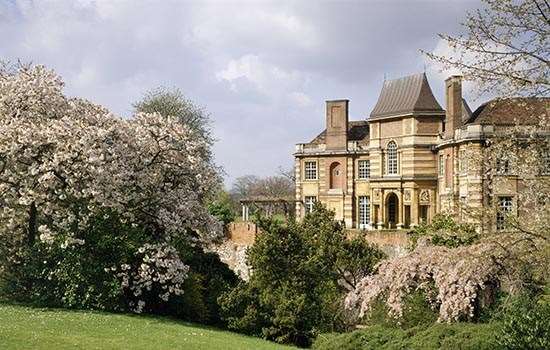
The Partners: Seely and Paget
Discover the story of John Seely and Paul Paget, who ran one of the most noteworthy architectural firms of the interwar period, and completed their masterpiece at Eltham Palace in 1936.
-
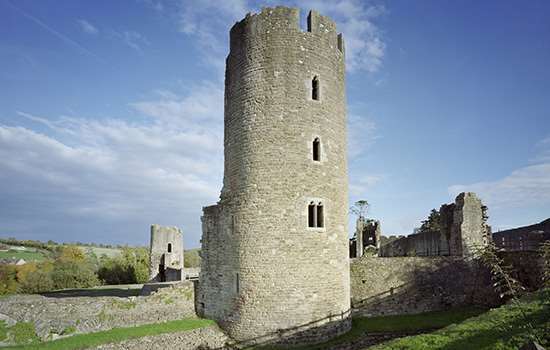
Sir Walter Hungerford and the 'Buggery Act'
Find out how Sir Walter Hungerford, owner of Farleigh Hungerford Castle, came to be the first man in England to be executed under the ‘Buggery Act’.
-
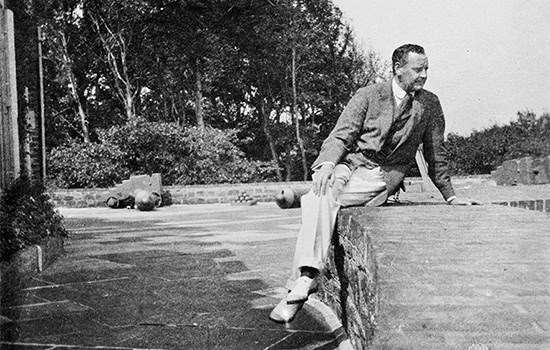
Lord Beauchamp, Walmer Castle and Homosexuality
William Lygon, Lord Beauchamp, was a known homosexual in the 1920s and 1930s, leading to a dramatic fall from grace. Read more about the man whose misfortunes inspired Evelyn Waugh’s ‘Brideshead Revisited’.
-
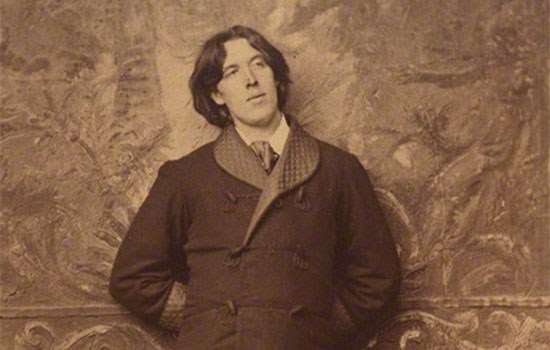
London Pride: LGBTQ Blue Plaques
Discover the stories behind some of London’s famous LGBTQ residents, honoured today with a Blue Plaque, and how many of them challenged public perceptions of gender and sexuality.
-
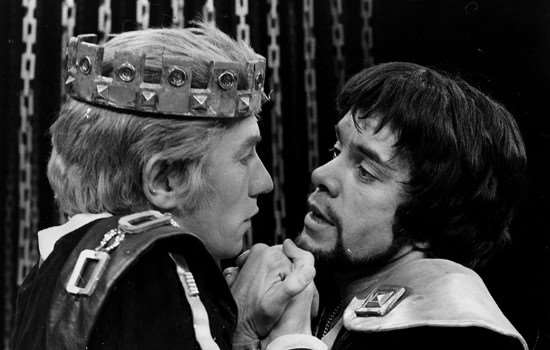
More LGBTQ+ History
LGBTQ+ history has often been hidden from view. Find out more about the lives of some LGBTQ+ individuals and their place in the stories of English Heritage sites.
